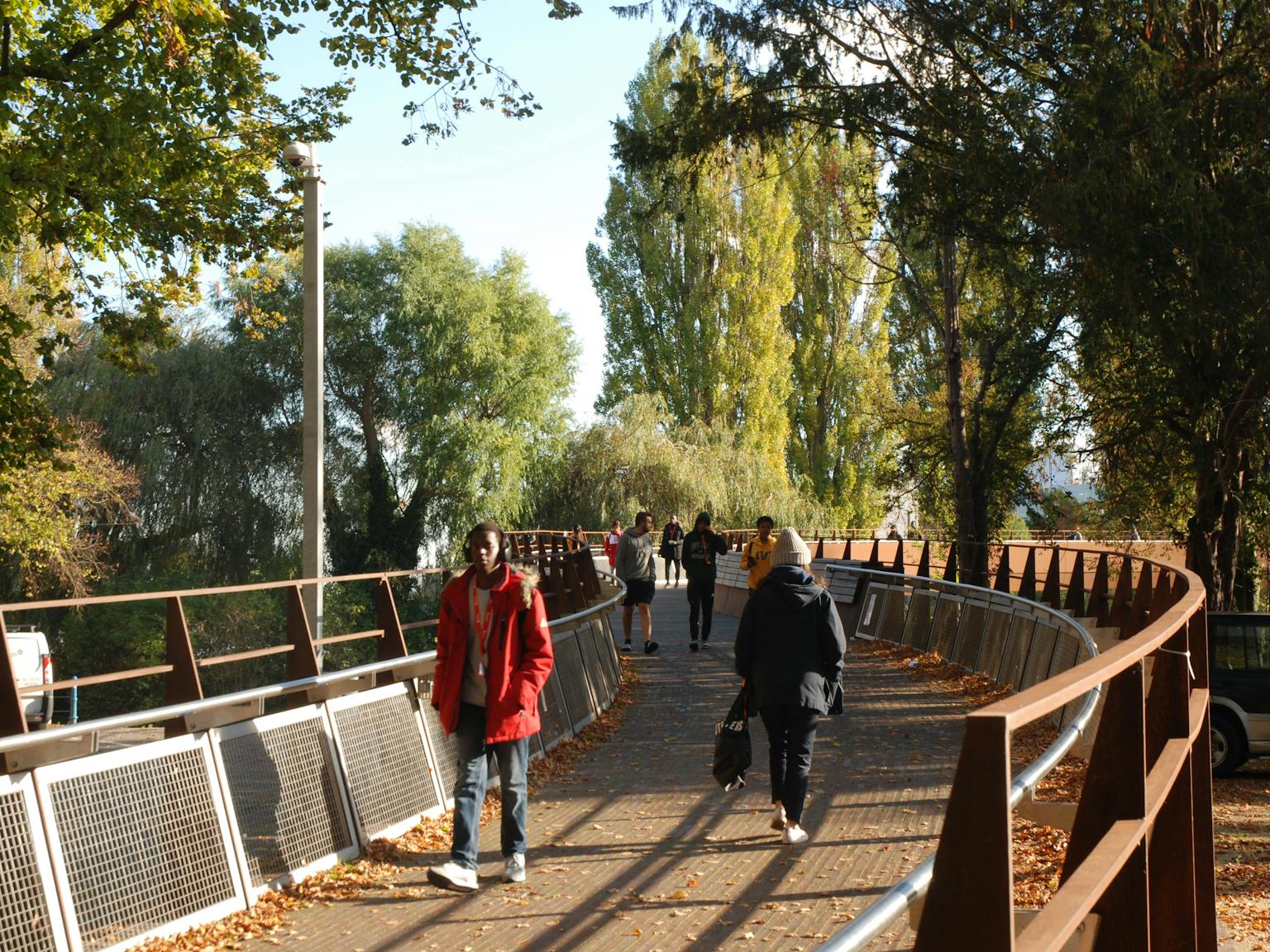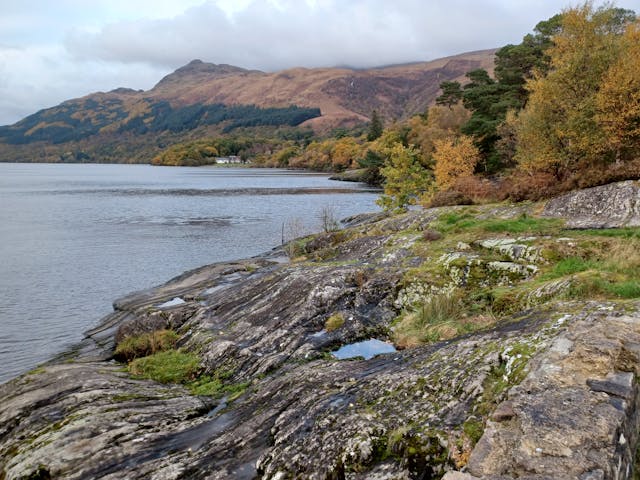
View Protection and Assessment: managing impacts of development on the character and skylines of urban areas
Many urban areas are under significant development pressure. The high value of land alongside the need to make sites viable is resulting in a drive for larger-scale bulky or tall buildings, especially in our valued historic towns and cities. These large-scale buildings can adversely affect the character of our urban areas, their skylines, and valued views. There is a tension between the need for development and the protection of the assets and characteristics that attract developers to those locations in the first place.
View protection and management has evolved as a result of that tension; offering view management frameworks as a tool to help manage our urban landscapes. The use of these view management frameworks is promoted in Development Plans, for example, the Draft New London Plan recommends that Boroughs should clearly identify important local views in their Local Plans.
View management frameworks identify ‘key’ views and provide guidance for the protection of views. Such frameworks can control sight lines to historic landmarks and/or natural features, control silhouettes/ skylines, and control building heights, as well as influencing character, materiality and detailing. The frameworks can shape skylines positively, although in some instances the control of view corridors can be to the detriment of a view’s overall character and quality. Therefore to ensure the urban environment is managed in the round, view management frameworks are best used alongside townscape character assessments and heritage strategies.
LUC has been at the forefront of the evolution of view management; developing projects such as Tyne Gorge Newcastle Gateshead: Urban Landscape Study (2002), mapping the Tower of London’s ‘skyspace’, A Dynamic Visual Impact Study for Westminster World Heritage Site (2007), Seeing the History in the View (2011), Assessment of Oxford’s View Cones (2015) and Guildford’s Town Centre Views Study (2018).
Accurate visual representations of development are an essential part of assessing the impacts of proposed developments on views and skylines. The image below shows a proposed development in the view from Rochester Castle.
To strengthen and inform our view management frameworks and studies, LUC has carried out a number of complementary Townscape Character Assessments (TCAs), which look at townscape character beyond the view, such as the Guildford TCA and the TCA for the Royal Borough of Windsor and Maidenhead.
It should be noted that, although related, view management and assessment is distinct from studies of the contribution of setting to the significance of heritage assets, and impacts arising from development.
In summary, a good view management framework will:
- Justify why the views/ viewing places have been selected;
- Recognise the kinetic nature of views;
- Clearly set out what is important about the view and why – including whether the view is designed or fortuitous;
- Acknowledge who experiences the view;
- Consider how the view changes through time of day and seasons;
- Provide clear guidance for management of the view;
- Be used alongside TCAs and other heritage studies to ensure a rounded management of the urban landscape.
For assistance in developing a view management framework, a Townscape Character Assessment, an assessment of a proposal on landscape/ townscape character and views, or accurate visual representations of project proposals, please contact Rebecca Knight.
For assistance in understanding and assessing changes to the setting of heritage assets, get in touch with Steven Orr.










